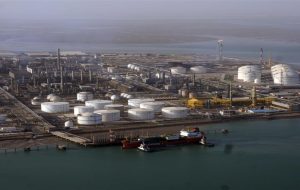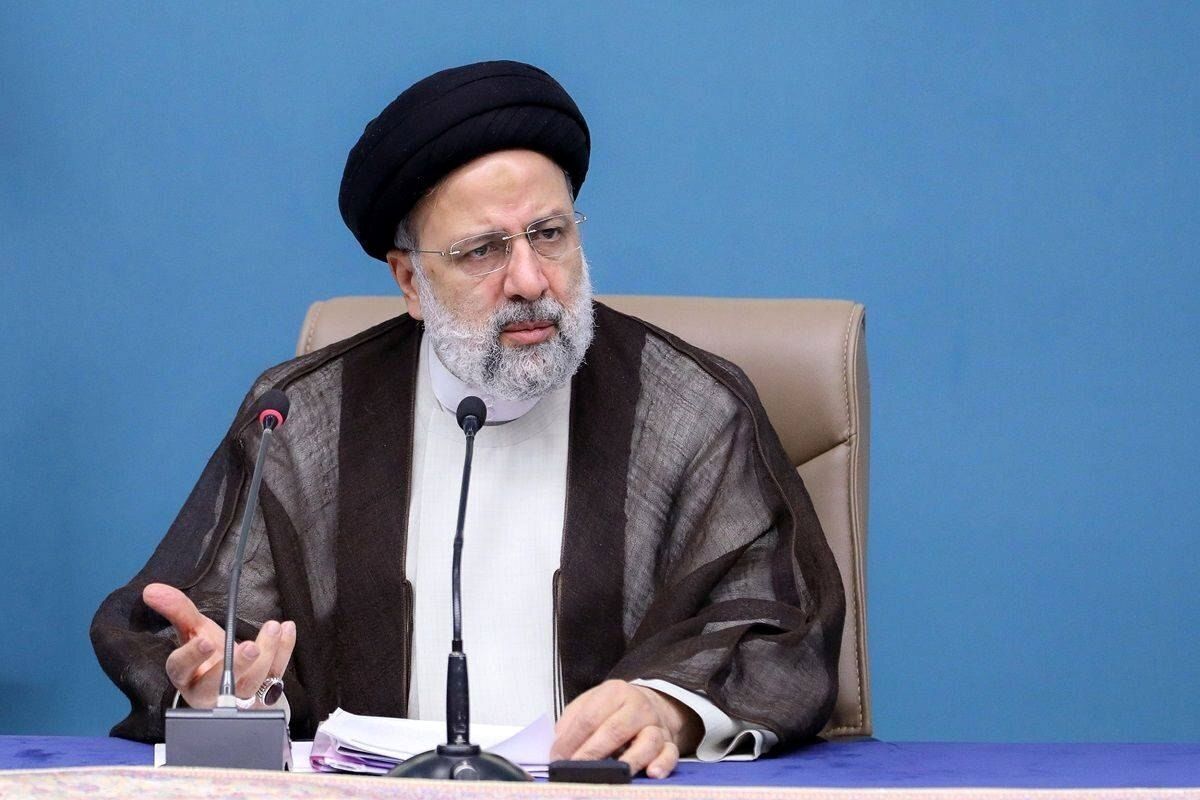
Bandar Imam becomes the giant of Iran’s petrochemical paper projects
Bandar Imam Petrochemical, the beating heart of the downstream chain of Iran's petrochemical industry, is currently facing a $1.4 billion project; a project that, in relation to the company's 8 trillion tomans profit, has raised serious questions about the economic logic, financing method, and the silence of Persian Gulf Holding.

harvesting more than 51% of Iran’s oil reserves; The necessity of acceleration in the development of increased technologies
The Director of Research and Technology of the National Iranian Oil Company, announcing that more than 51% of the country's recoverable oil reserves have been harvested, emphasized: the countries of the region have moved with increasing speed towards the use of new technologies for increased harvesting, and Iran is bound to accelerate the development and localization of these technologies in order to protect the remaining reserves and sustainable production.

A 25% increase in the limit of the contract between the Northern Drilling Company and Caspian Oil
Shamal Drilling Company, the exploratory drilling contractor in the Caspian Sea, announced an increase of 25% of the initial contract amount in some contract cases with the Caspian Oil Company.
Breaking News

Gas network fully prepared for winter; smartening and timely repairs are the focus of this year’s resilience

Railway gas cut-off and warning to the Ministry of Roads

Iran’s appeal to the UK Supreme Court; Crescent case enters most sensitive phase

Cloud fertilization and water importation put on the agenda of the Ministry of Energy

Innovation in Tehran Oil Refining; Water Recycling After 12 Years

Pars Oil and Gas’s major actions to safely navigate the cold season

Azar Oil Field Pressure Boosting Project: Two Drilling and Installation Phases to Boost Oil Production

China’s oil imports from Iran increase after new quotas issued

Successful completion of major repairs of South Pars II refinery with domestic capacity





